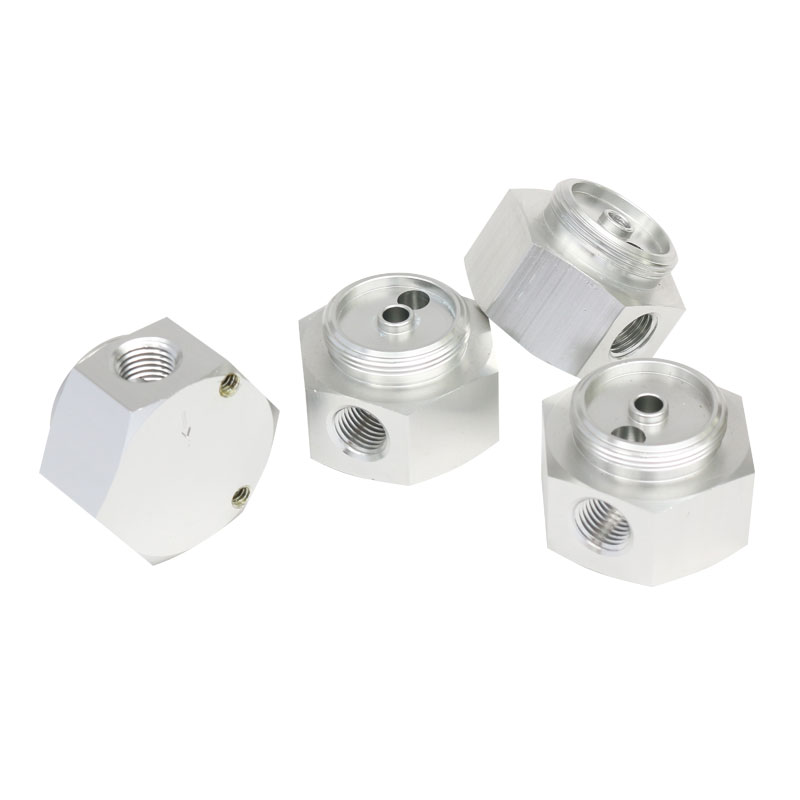Summary:Pneumatic valve parts help to control airflow in a pneumatic system. Depending on the application, t...
Pneumatic valve parts help to control airflow in a pneumatic system. Depending on the application, they may be used as safety valves that shut off air supply in dangerous situations or that depressurize the system to prevent overpressure. They also determine the amount of air that passes through and in which direction, allowing the user to adjust the flow.
The basic components of a pneumatic solenoid valve are the coil, diaphragm and stem. The coil creates a magnetic field that attracts the ferromagnetic plunger or plug, causing it to move up and down to open or close the valve.
A spring is placed inside the cylinder to keep the plunger in place as it moves up and down to actuate the valve. A gasket is added to prevent leakage around the internal parts of the valve body.
In addition to the basic components, there are a number of key specifications that define the function of a valve. They include material type, pressure, pipe or tubing size, voltage rating and other specific properties.
Common pneumatic solenoid valve configurations describe the number of ports, switching positions and non-actuated states that a device can present. Typical valve configurations are 2/2, 3/2 and 4/2.
Symbols representing directional control valves contain information about the valve that identifies its port types, switching positions, methods of actuation and the paths for air to travel within the valve. The symbols are designed to be easy to read and use and can help you to identify the right valve for your application.

 Main:+86 574 87907106
Main:+86 574 87907106![]() Main:+86 574 87907106
Main:+86 574 87907106